
Suddenly, there seems to be someone raising urban chickens in every neighborhood. The secret is out: chickens make wonderful backyard companions.
Chickens are easy to care for and surprisingly fun to raise. Plus, urban chicken keeping brings the reward of fresh, nutritious eggs. No wonder raising urban chickens is such a major trending topic for homeowners.
If you live in the city (or the suburbs) and are thinking of starting a little backyard chicken flock of your own, you are going to love our quick guide to raising urban chickens. In this story, we cover planning for chickens, the joys of urban chicken keeping, and common mistakes to avoid.
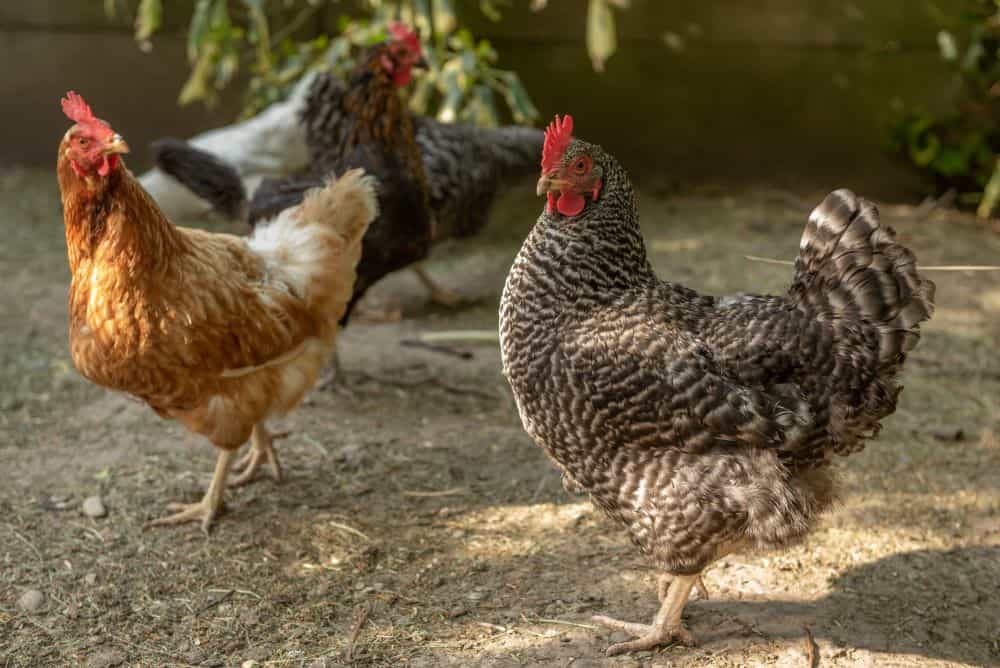
Rural vs. Urban Chicken Keeping
When it comes to raising chickens, there are a few notable differences between the city and the country. For starters, urban chicken keepers must take noise, location, appearance and smell into account.
Yes, chickens can make noise. Roosters can be particularly noisy. Locating a chicken coop can be an issue. Typically, an urban chicken coop is located in a backyard where it will be less visible to the neighbors. But even then its appearance should be as attractive as possible. Plus, unless a chicken coop is well maintained and cleaned regularly, it can start to smell like a barnyard.
There are also legal limitations and possibly HOA rules that impact raising urban chickens. Despite the initial challenges, urban chicken keepers everywhere are finding that a backyard flock of chickens is rewarding and well worth the effort.
What to do Before Raising Urban Chickens
1. Check with your HOA and city ordinances
Not everyone can keep chickens in their backyard, so do your research beforehand and read up on the relevant rules, laws and local regulations. Check with your neighborhood Homeowners Association to make sure having backyard chickens is allowed. Keeping urban chickens, even when allowed, usually has some limitations. These limitations can include a restriction on the number of chickens you can keep and where you can put your chicken coop.
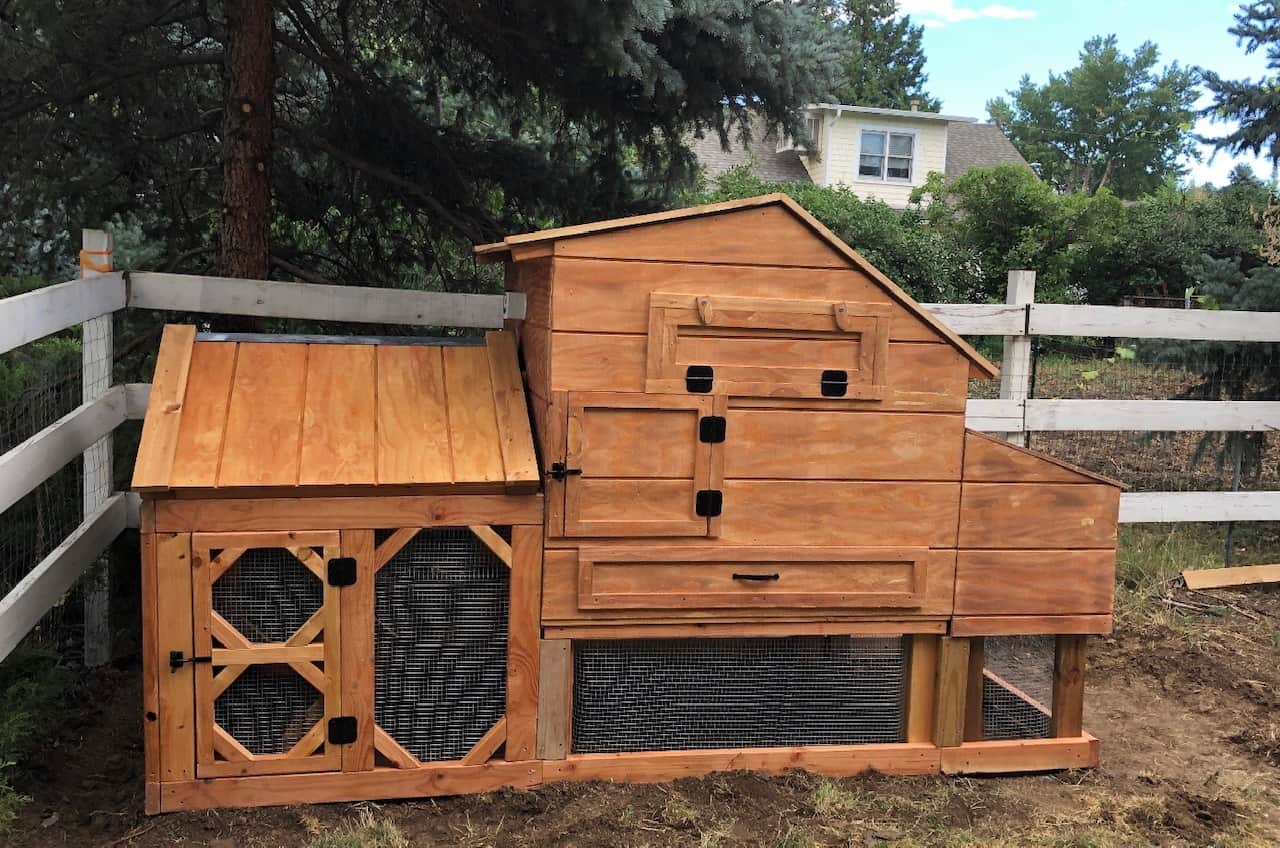
2. Pick your coop location and size
Make sure you plan the chicken coop location and coop size well in advance. “Chicken math” is very real. It is the phenomenon of beginning with a modest coop and a few hens. Then the number of chickens magically grows—and sometimes other fowl such as ducks and turkeys are added.
So, if you can spare the space, make your coop a little bit bigger that you originally imagined. That way, you can accommodate a larger flock. Ideally, you will want to start building the coop in advance of the arrival of your chicks. It is best to not fall behind and have overgrown chicks living indoors.
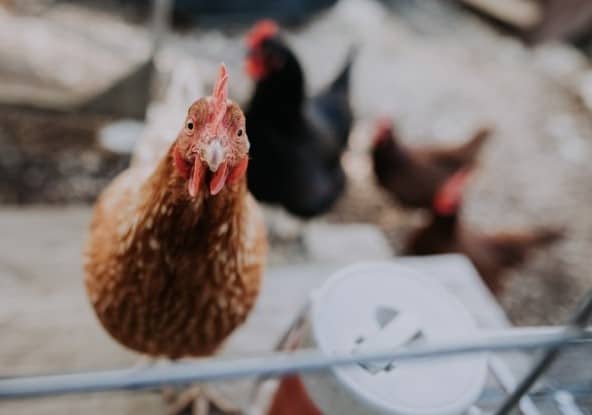
3. Pick your breeds
Not every chicken is going to suit your family’s needs, and there are an estimated 500 chicken breeds in the world to choose from. Before heading to the nearest feed store for a flock of chicks, ask yourself the following questions to get a good idea of the kind of chicken breed you want:
- Why do I want chickens? (Fresh eggs daily, meat, pets—or a combination of these?)
- How hot and cold does it get in my climate?
- Do I have to worry about noise issues?
- How much space do I have for a chicken coop and run?
- Do I want to free-range my chickens—and is that allowed in my neighborhood?
The Best Breeds for Raising Urban Chickens
Chances are your family will be happy with any one of dozens of popular chicken breeds. But below is a good starter list based on common backyard chicken keeping needs. Keep in mind, temperament and laying ability can vary from breed to breed and from individuals within each breed.
Best All-Around Birds for Urban Chicken Keeping
These breeds rank high for their quiet temperaments, gentle nature and decent laying ability. They also take confinement well and are poor fliers – a huge bonus if you do not want your chickens flying over your fence. Consider one of these breeds if you have small children and want to keep a friendly backyard “hobby” flock.

- Orpington—A favorite chicken for good reason. The first of this breed was the Black Orpington, developed by William Cook in 1886 and named after his hometown outside of London. The most common color is now Buff, but White, Red, Blue-laced and Lavender are now also available. Read more about Lavender Orpington Chickens.
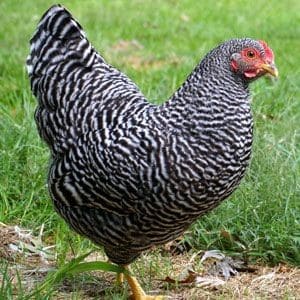
- Barred Rock—Also known as Plymouth Rock, the Barred Rock is a favorite breed in America. They are steady, reliable chickens and fit nicely into urban chicken keeping settings.
- Easter Egger—This is the term for any chicken that possesses the “blue egg” gene, but it doesn’t meet the American Poultry Association standard for any specific breed. Easter eggers, therefore, come in many different colors and patterns.
More Good Choices for Raising Urban Chickens
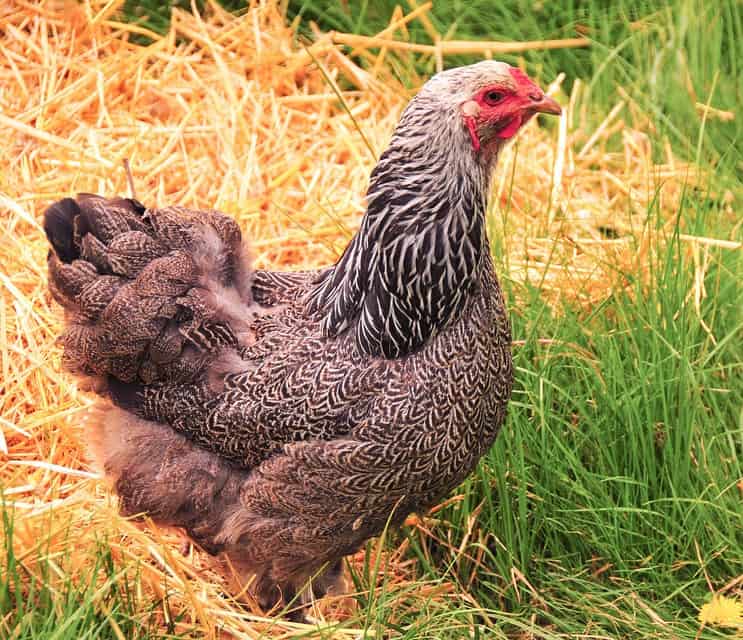
- Brahma—This breed is available in three colors: light, dark and buff. Brahmas have a distinctive head shape and pea comb. This breed is known as a good layer of large brown eggs, especially in the winter when egg production slows down for most breeds.
- Australorp—This breed originally developed in Australia, and it became popular worldwide in the 1920s. The most popular color is black. Known as a productive layer of eggs.

- Rhode Island Red—Not surprisingly, the Rhode Island Red is the state bird of Rhode Island. It has been raised both for eggs and meat—but primarily for eggs since the 1940s. A good choice for urban chicken keeping.
- Salmon Faverolles—This French chicken is a heavy breed that has five toes on each foot, not the usual four. While the most common color is salmon, this breed also includes black, ermine, white splash and even blue. Faverolles is a popular breed of backyard chicken because of their gentleness. Kids love them.
Chickens for Looks and Pets
These breeds are not known for being the best layers (2-4 eggs per week), but they make wonderful pets and great conversation starters thanks to their cool looks.
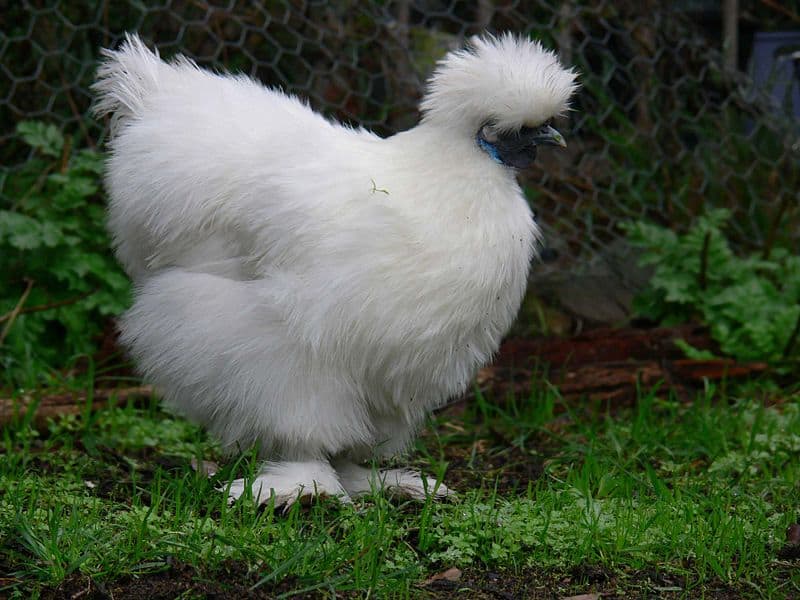
- Silkie—This breed (which is sometimes spelled Silky) originated in ancient China. A Silkie is easy to distinguish by its fluffy feathers (said to feel like silk) and black skin. These lovely birds are cherished for their calm and friendly personalities. They make great pets.
- Bantam Cochin—The Cochin breed is a large, feather-legged chicken brought from China to North America in about 1850. The Bantam Cochin is smaller, but still has the excessive (and impressive!) plumage. This breed is available in black, blue, barred, brown, buff, white and several other colors.
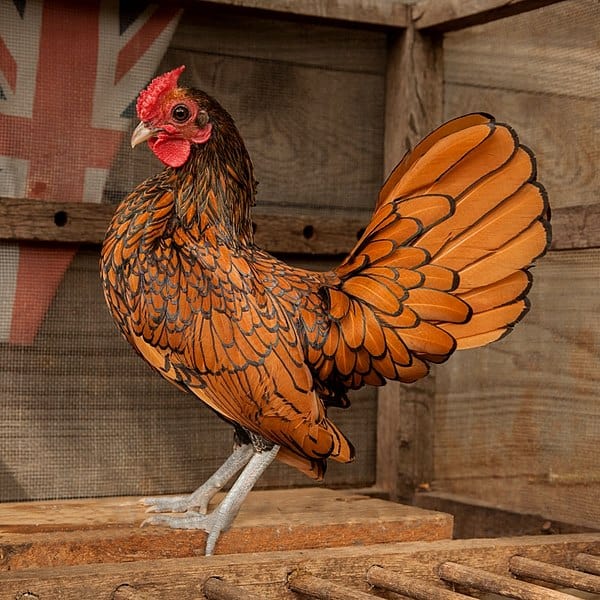
- Sebright—Sebright originated from Great Britain, and this small bird is a true Bantam (a smaller bird with no larger-sized version). Sebrights can be difficult to breed, but they are great-looking chickens.
- Polish—Also known a Poland, this European breed is best known for its distinctive crest of feathers. Years ago, they were known as excellent egg producers. Now they are raised primarily as a show bird or a pet.
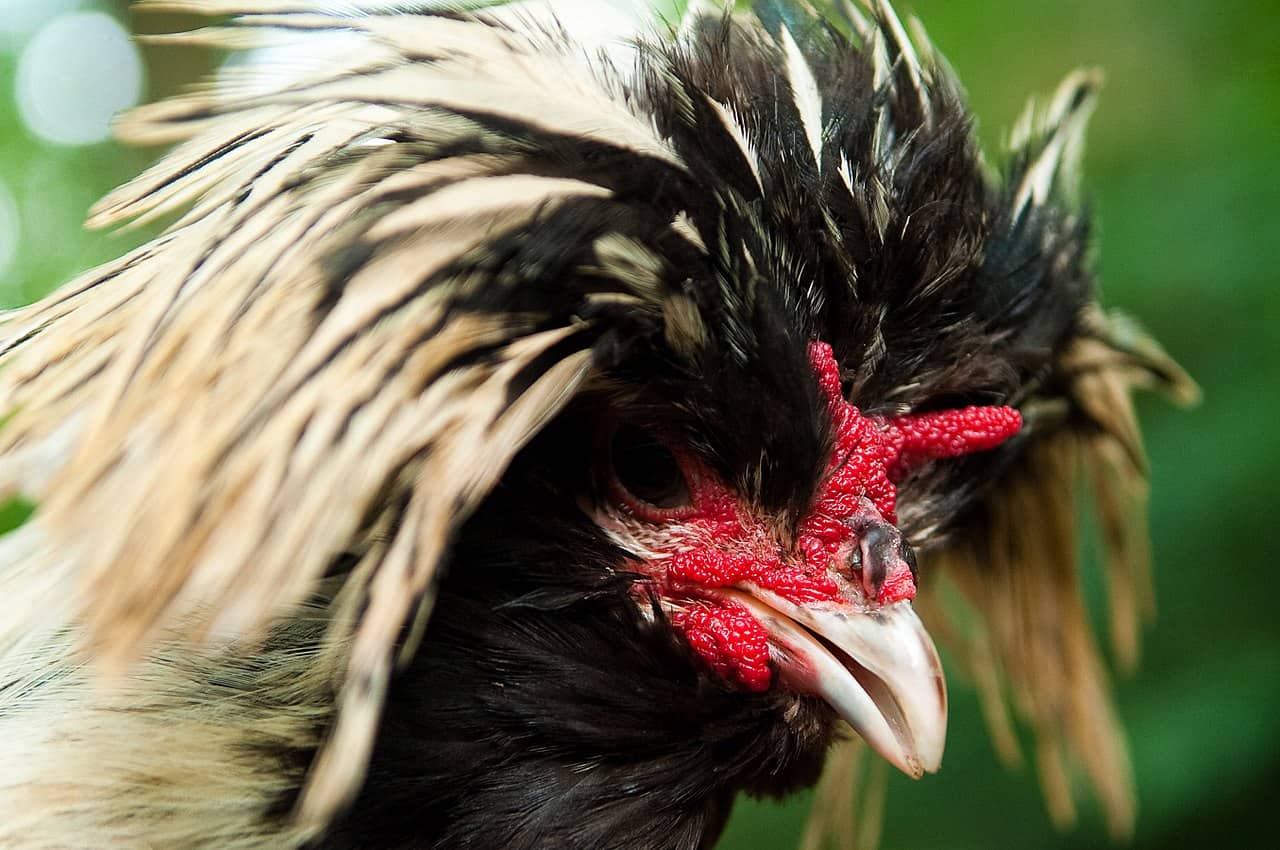
- Sultan—This crested breed features decorative plumage, long tails and lots of foot feathers. In addition to looking awesome, they are docile and friendly chickens. Sultans are available in three colors: black, blue and white.
- Frizzle—It should come as no surprise that Frizzle chickens have frizzled feathers. Frizzle is not universally recognized as a distinct breed. Whether black, buff, blue, red or white, a Frizzled chicken is a cool-looking bird.
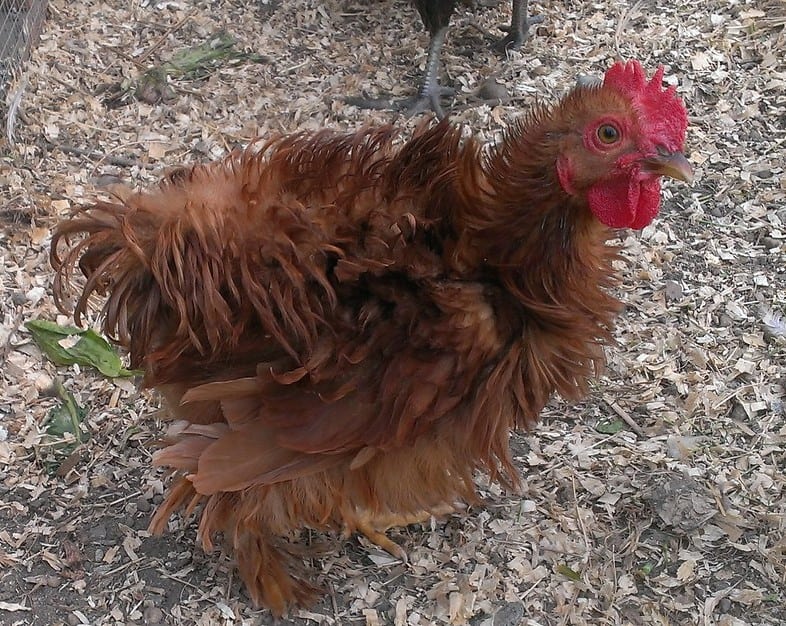
Chickens for Eggs
These breeds are heavy egg layers. They are not the best-looking breeds. Nor are these chickens known for their cuddly personalities (though some can be very friendly). If you want to raise urban chickens strictly for their eggs, these breeds are for you.
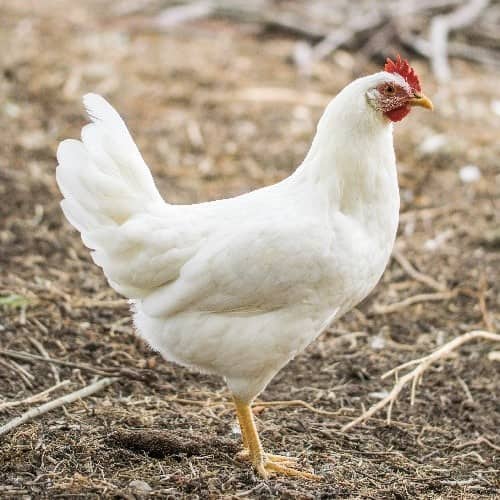
- Leghorn—This breed originated in Tuscany, Italy. It first came in three colors—white, brown and black. But now additional colors including buff, silver and black-tailed red are also available. White leghorns are used as layer chickens all over the world.
- Cream Legbar—This is an “autosexing” breed, which means that the sex of day-old chicks can be determined by their color. Similar in overall appearance to a Leghorn, a Cream Legbar is also a dependable egg layer.
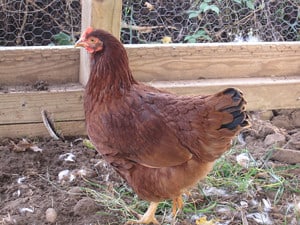
- Cinnamon Queen—This breed is popular for two reasons: laying eggs and their docile demeanor. They start laying eggs younger than most breeds. Their eggs are extra large and brown. A good choice for urban chicken keeping.
- ISA brown—ISA Brown is a crossbreed that contains genes from many chicken breeds including Rhode Island Reds and Rhode Island Whites.These hens are cherished for their egg production, which can reach 300 eggs in the first full year of laying.
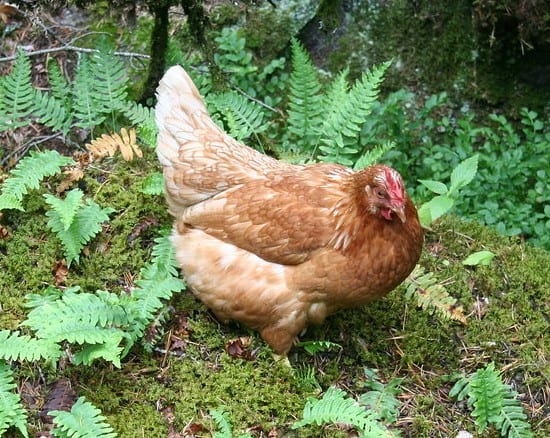
- Golden comet—This modern hybrid “breed” develops quickly and begins laying brown eggs quickly, too. The chicks you buy are color sexable, so you know right away how many hens and how many roosters you will have.
The Coop for Raising Urban Chickens
Chicken coops for a city backyard can vary a lot in size and materials. A good chicken coop must be large enough for your flock. It also must be predator proof. (Yes, there are predators in the city—including cats, hawks and other wildlife.)
A lot of urban chicken keepers prefer a nice-looking coop to complement their home. A more attractive coop can be more expensive than a strictly utilitarian coop. But a well-built coop will last for many years. That’s a long time to look out at a structure every day. So, most urban chicken keepers don’t regret it when they make their backyard coop look nice.
Many types of chicken coops and chicken coop kits can be purchased online. Click here to Check Prices and Availability on Amazon. For a custom coop, check local social media pages or search online for local builders who can create the right coop for your needs.
Chicken Coop Dimensions
Generally, you want 2 square feet of floor space per bird in the coop (also known as the “hen house”). However, you may want to go a little bigger or smaller depending on the breed and how long the hens may need to stay in the coop every day. This Chicken Coop Size Calculator will make it easier to determine what size your chicken coop needs to be.
The chicken run (the fenced in area just outside the coop) should be at least 8 square feet per bird. However, you can go smaller if your birds primarily free-range in your yard.
The nesting boxes are a little easier. You only need 1 nesting box per 3 hens. But you may find that they often use the same nesting box.

The above photo is courtesy of https://www.chickensandyou.com/
Chicken Coop Location
Before you get started building or buying, decide on exactly where you want the chicken coop. Keep in mind, many cities have rules about how far away a coop needs to be from the house and property lines. Other factors to consider:
- Chickens do not handle hot summer sun very well.
- Exposure to extreme weather, such as snow drifts or high winds.
- Avoid areas with mud or standing water.
Form and Function
There are a probably a million different ways to build a great chicken coop for raising urban chickens. Just keep in mind that the coop is your chickens’ “safe place.” More than looks, it needs to be kept clean, be safe against predators, and provide shelter from the elements.
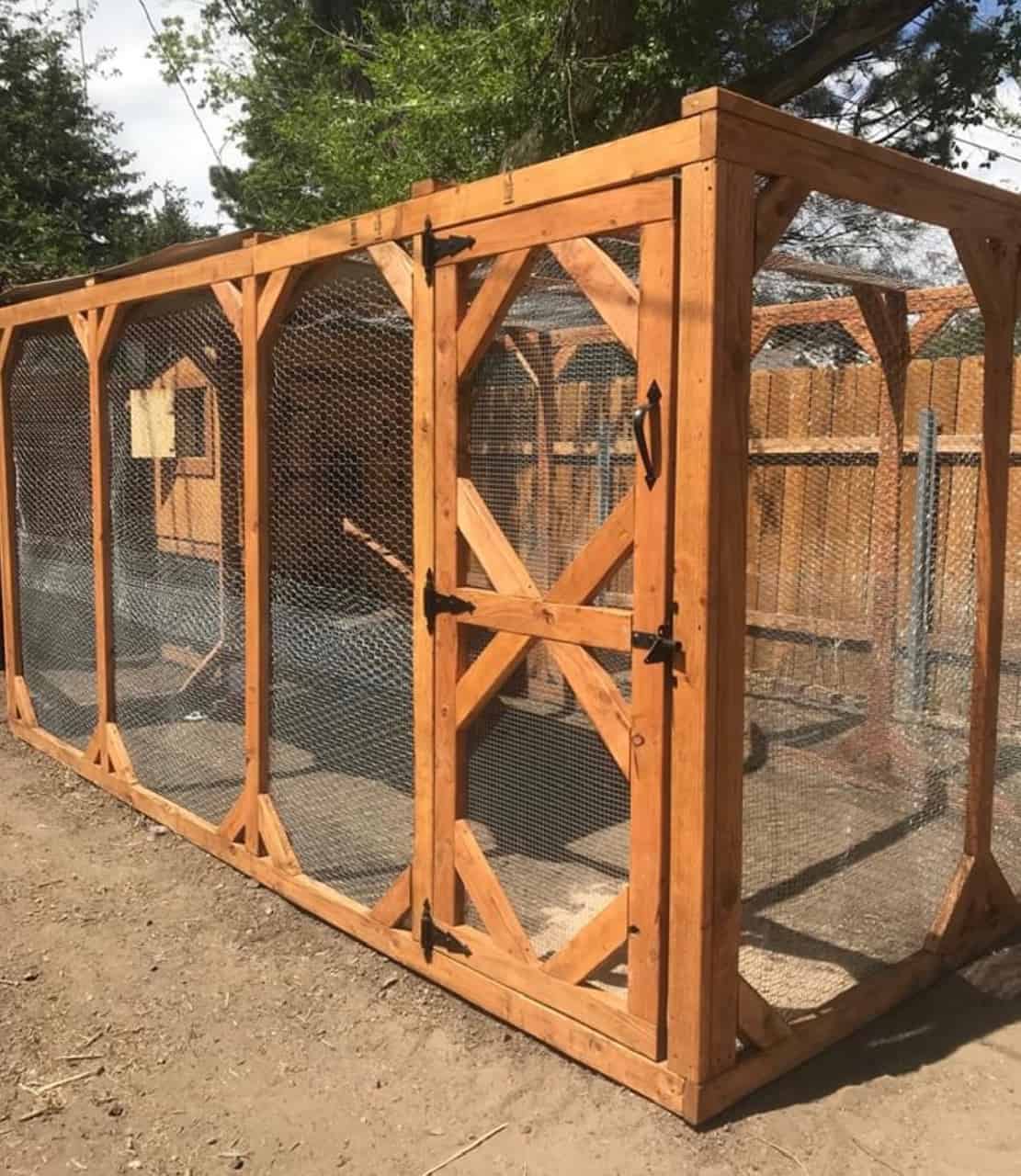
Maintaining Your Urban Chicken Flock
Once your flock is established outside, it takes minimal time to check on them and make sure they are happy. Here is a quick list of their needs:
- Fresh food and water—available in the run at all times
- Grit (small stones for digestive health)
- Oyster shells for laying hens
- Access to shade
- Dust bath area
- Treats (optional)
- Perches, swings and boredom busters
Once you have your basics covered, the rest is just about keeping their coop clean and enjoying the company of your chickens.
Check out these Supplies for Raising Chickens.
Keep Learning About Raising Urban Chickens!
You will quickly find that urban chicken keeping is a bit of an addiction with some die-hard followers. Meet up online with some fellow chicken-nerds to help answer your questions (there will be many).
As you might suspect about a hobby as popular as raising urban chickens, there are Many Good Books on the subject. Two of our favorites are How to Raise Chickens by Christine Heinrichs and Backyard Chickens: Beyond the Basics by Pam Freeman. To read reviews of these two books and many others, read The Best Books on Urban Chicken Keeping.

Common Mistakes to Avoid When Raising Urban Chickens
Don’t order a “straight run” of chicks online or in a feed store. They can be up to 80% baby roosters. Order “pullets” instead so you can avoid having to re-home roosters later.
Don’t mistakenly pick up meat-breed chicks, like cornish crosses. Cornish crosses and other meat birds are not good pets, and most tragically decline by just 8 weeks of age. Avoid getting some by mistake by checking signs and comparing their size and shape to other chicks. (They will be much larger).
Don’t buy pullets or full-grown hens if you want friendly birds. Handle the chicks and give them lots of hands-on love if you want them to be friendly. Even the friendliest breeds will be more nervous and flighty if not tamed early on.
Don’t buy chicks without a proper brooder first. Chicks are extremely delicate. Set up the brooder and warm it up ahead of time to avoid tragedy and damage to the young chicks. Do everything you can to keep the chicks alive and healthy!
Don’t leave your chickens vulnerable to weather or predators. Given the right protection, chickens are surprisingly hardy. But they can be very easy to kill in an unsafe environment. When in doubt, go for a stronger, more secure chicken coop that can withstand predators and bad weather.
Don’t beat yourself up if you lose a chicken. Every chicken owner loses a bird at one point or another, especially if you start with chicks. It is heartbreaking, but also common. Losing a bird is not a sign of failure. Fix the cause if you can and reach out to an experienced urban chicken keeper if you need some support.

FAQs About Raising Urban Chickens
When will I get eggs?
A hen will not start laying until about 5 months old. That can seem like a long time if you start out with baby chicks!
How often will I get eggs?
Egg production varies a lot. Once a hen starts laying, she will average 2-6 eggs per week, depending on breed, age and time of year. Hens generally stop laying in the winter, when they “go broody” (want to hatch eggs), and when they are molting. Some will stop laying completely for almost no reason at all. Then they may start laying daily again a few weeks later. Peak egg laying age is from about 8 months to 2 years or so.
Are chickens expensive?
A flock of urban chickens can be a big upfront investment. The chickens themselves are very affordable, but everything else can get expensive. Well-built chicken coops and runs can easily go for $2,000 or more. And that’s not counting the cost of chick brooders, feed and bedding.
However, once you are all set up, chickens are very inexpensive to feed and keep happy. You can expect to spend around $40-80 per month on average for a small flock of egg-laying chickens.
Raising Urban Chickens: Are chickens hard to care for?
Chickens are one of the easiest pets out there. They live comfortably outdoors year-round, and they don’t require any special exercise or attention, as long as their space is big enough. A secure coop with a few hacks here and there can save you even more time. In some cases, you only need to check on your flock every few days for food and water (although you’ll need to gather eggs daily).
Trust me–nothing makes a house a home quite like a small flock of chickens! Even if you live in the city, you will quickly find that chickens make wonderful pets.
Enjoy the journey, and have fun raising urban chickens! Here’s a link to A Bunch of Chicken Stuff on Amazon.
Home Garden and Homestead is a proud member of the Amazon Associates program. We receive a small commission when you click on our links and buy products on Amazon.com. Thanks so much for supporting this website–and please tell your friends!



Leave a Reply